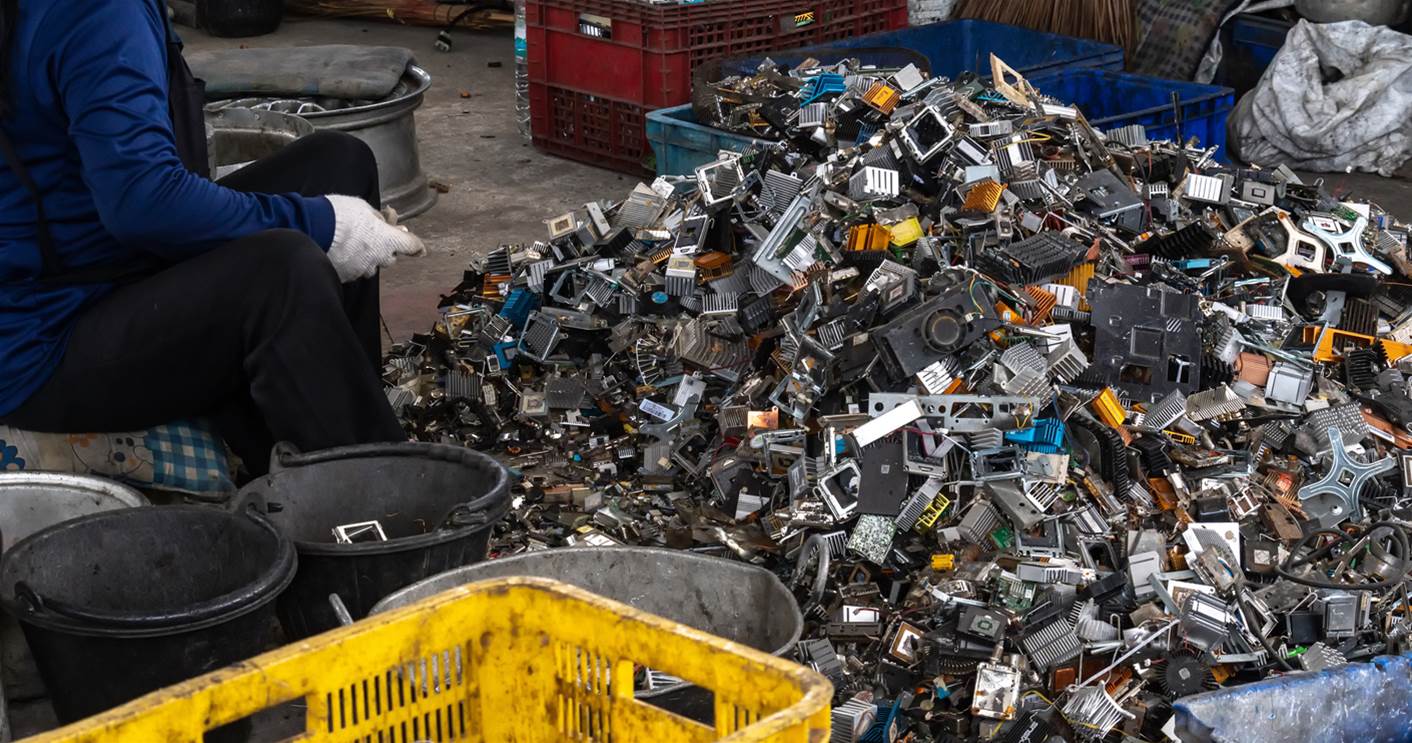IT waste mitigation and management are a mainstream corporate issue that you must take seriously to stay relevant.
That is the takeaway message from an interview with PricewaterhouseCoopers (PwC) Australia chief economist Jeremy Thorpe about what IT providers should know as Australia shifts to a circular economy model.
The IT industry is fond of reminding organisations that if they fail to move with the times and leverage digital opportunities, they risk becoming obsolete. Now, the shoe is on the other foot as the pressure to eliminate waste and cut emissions is rising.
Last month, PwC Australia released a report (PDF) outlining the challenges and economic opportunities that will come with this shift away from the linear model of source-make-use-waste.

A circular economy combines recycling, remanufacturing, reuse, maintenance and redesign to keep components and raw materials in use and out of the landfill.
According to the report, in Australia alone, it could “generate $1,860 billion in direct economic benefits over twenty years and save 165 million tonnes of CO2 per year by 2040.”
Ewaste has been a growing concern as the world has become more and more reliant on technology. This latest chip shortage is giving us a taste of what might be to come if we fail to consider other options as the supply of finite resources begins to wane.
As the companies in between the end-user and vendors, it can feel as though IT providers are subject to the whims of supply and demand with little role to play in reducing the environmental, social and physical harm caused by our industry.
However, as the demand for less environmentally damaging products and solutions grows, it is becoming a vital way for providers to stay relevant in the market.
“Businesses are looking for ways that they can be seen to be reducing their net emissions or their waste and showing they are a good corporate citizen, and if they're not doing it, now they're going to be increasingly doing it,” Thorpe explained.
“It's not just about price. Price is obviously always very important, but there are other attributes you may also be wanting to think about. The degree to which you are using energy, or the degree to which you're bringing products that have a higher end of life value because they can be recycled or reused in some other way; that's going to be a good outcome. Whole of life costing might be more of an issue rather than upfront costs.”

In a circular economy, total cost of ownership is about more than just how much money a consumer will spend on energy and maintenance.
In creating a proposal for a customer, reputational value can also be considered, as well as resale value and, as the ewaste industry opens up, even the value of the raw materials and components within a product.
“Resource scarcity is a problem that cannot be solved by the free market,” the report stated.
Some resources are finite and value can be added by pointing out that focusing on tech that is using the most efficient designs, with recycled or remanufactured parts is not only good for the bottom line, but also necessary for the continuation of our industry and social structures.
Thorpe described the shift toward a circular economy as inevitable. Considering what the future may hold in terms of legislation or consumer and corporate pressures toward sustainability and waste reduction can ensure infratructure investments are headed the right way.
It is not only hardware providers that need to be aware of what these changes will mean.
Cloud services providers are also going to feel the pressure to show that the infrastructure that their offerings are based on is not causing undue harm.
“Data centres are hugely energy-intensive [and] because of the net-zero emissions that many corporates, like PwC, have signed up to, they're going to put pressure on suppliers of services to also demonstrate that they are carbon-neutral over the longer term,” Thorpe outlined.
“That's going to put real pressure on data centres to make sure that they're using green renewable energy. Many are already obviously moving in that direction, but this is about businesses all up and down the supply chain giving the right signals to the adjacent elements of the supply chain about what they value.”

The IT industry has already been irreversibly changed by a need to provide products and solutions that are slowing and eventually halting the race to extract value from the Earth.
These changes are not only technological but also cultural, and they have already started. Not moving with the times will only see your business being left behind.
“If you want to be at the fringes, you can ignore this, but mainstream corporates are pushing it so it’s become a mainstream issue,” said Thorpe.
In order to stay at the leading edge during this country-wide shift to a circular economy, IT providers need to understand the full value that can be gained from meeting the growing expectations from consumers, corporates and governments for low-environmental impact products and services.







_(11).jpg&h=142&w=230&c=1&s=1)


.jpg&w=100&c=1&s=0)
_(8).jpg&w=100&c=1&s=0)







.jpg&q=95&h=298&w=480&c=1&s=1)





